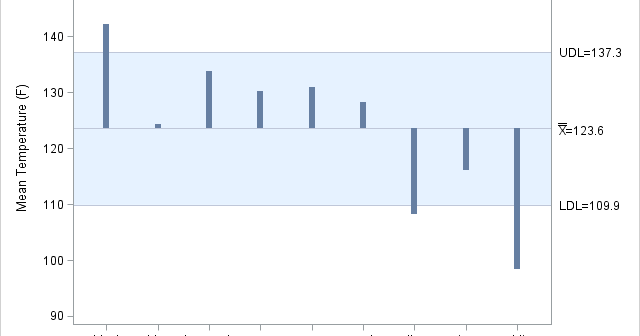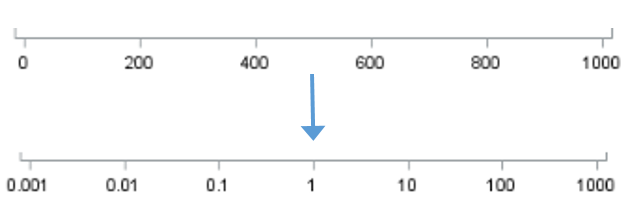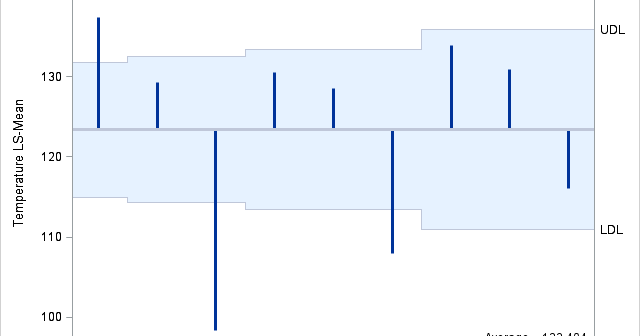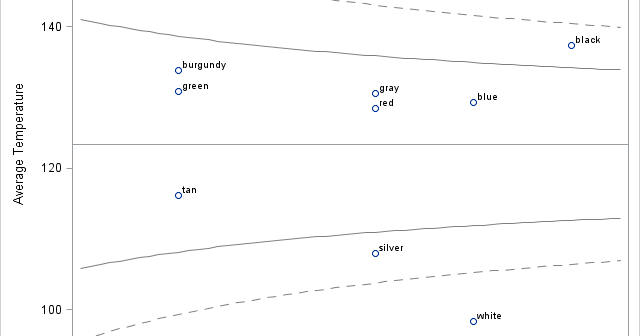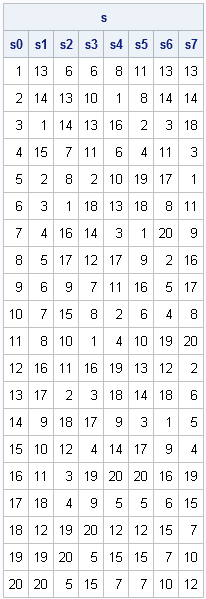
More than a month ago I wrote a first article in response to an interesting article by Charlie H. titled Top 10 most powerful functions for PROC SQL. In that article I described SAS/IML equivalents to the MONOTONIC, COUNT, N, FREQ, and NMISS Functions in PROC SQL. In this article,


